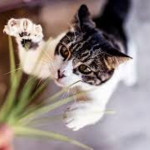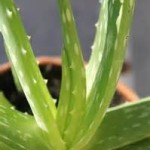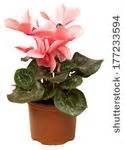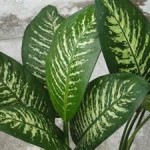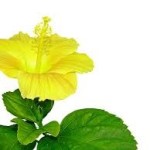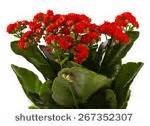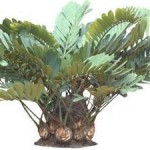Plants and Pets – Wintering Together
Our first freeze warning has come and gone. It’s the time of the year when many start making room indoors for outdoor plants or start shopping for indoor plants to offset winter’s monochromatic view.
Pets will be spending more time indoors too. This can lead to bad outcomes if pet decides plant is their veg of the day.
According to the American Society for the Prevention of Cruelty to Animals (ASPCA), each year hundreds of dogs and cats are made ill – or worse – by eating plants (and human foods).
Reactions range from mild mouth discomfort to kidney damage to death.
Some of the typical sources of poisoning:
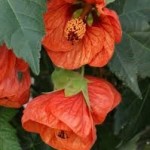
Source: Flickr.com
Signs to watch for include:
- (excessive) drooling
- Vomiting
- Nausea
- Difficulty swallowing
Some poisonings can be treated but, sadly, some cannot. An extensive list of toxic and non-toxic plants can be searched, sorted by animal type (cat, dog, horse) and toxicity type with descriptor at the ASPCA website.
It’s worth the time to go through this list. And yeah, there’s an app for that too.
In an aside, the website also provides lists of human foods – like macadamia nuts and avocados that can harm your pet, birds included.
Although listed as a plant, aloe vera – ironically, a plant known in the holistic medicine world for its healing properties inside and outside the body – will cause a host of nasty reactions in dogs and cats including depression, severe vomiting, diarrhea, and anorexia.
A 24-hour hotline is available for questions and concerns at 1-888-426-4435. A service fee may apply.
Greening your pet’s diet will reduce the likelihood of them turning to your plants. Increasingly, pet foods come with good grains, vegs, and fruits.
One holistic vet writes enthusiastically about including these in a pet’s diet. But still, because Murphy lives at every house, the common sense thing is to a) put plants out of reach of curious noses or b) gift your plant to a pet-free friend’s house.
Another option would be to turn your gardening skills to cultivating a pet garden. Oat, barley, rye, or wheat grass, in addition to catnip are favorites with cats.
Wintering with plants and pets can be a healthy and happy winter for all concerned – with a little planning.
SOURCES
Toxic and Non-Toxic Plants. ASPCA
24 Common Plants Poisonous to Pets. Breyer M. Care2.com
How Does Your Cat Grass Grow? Plant a Feline-Friendly Indoor Garden. Bergstrom L. All Animals magazine, January February 2010. Posted to The Humane Society, October 2012.
Thanks for reading, and please share this article if you found it helpful.
Also, plan to check out all of the products recommended here at Try Backyard Farming, sorted into categories.
